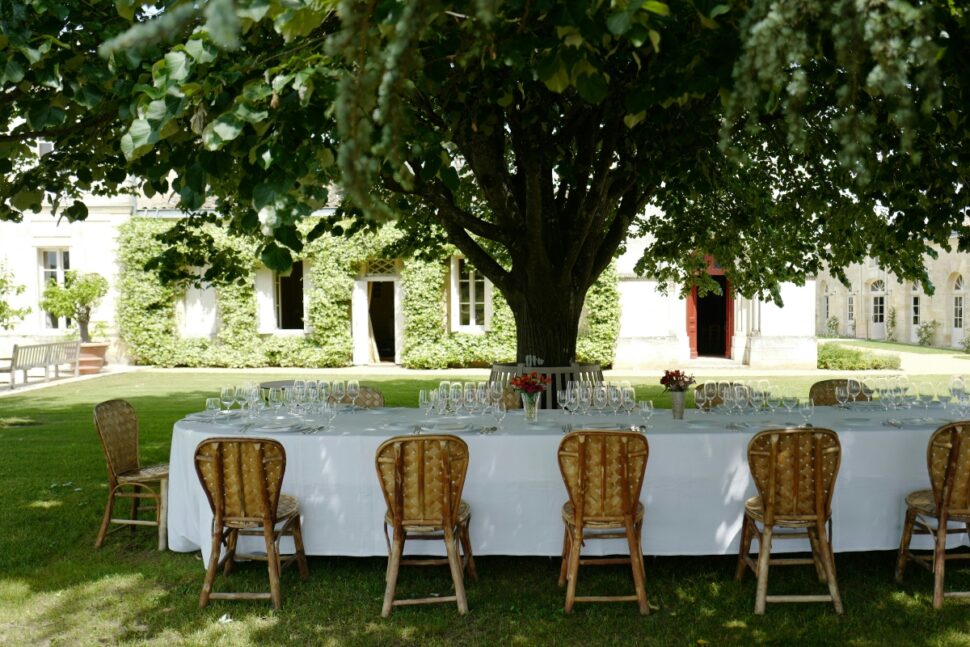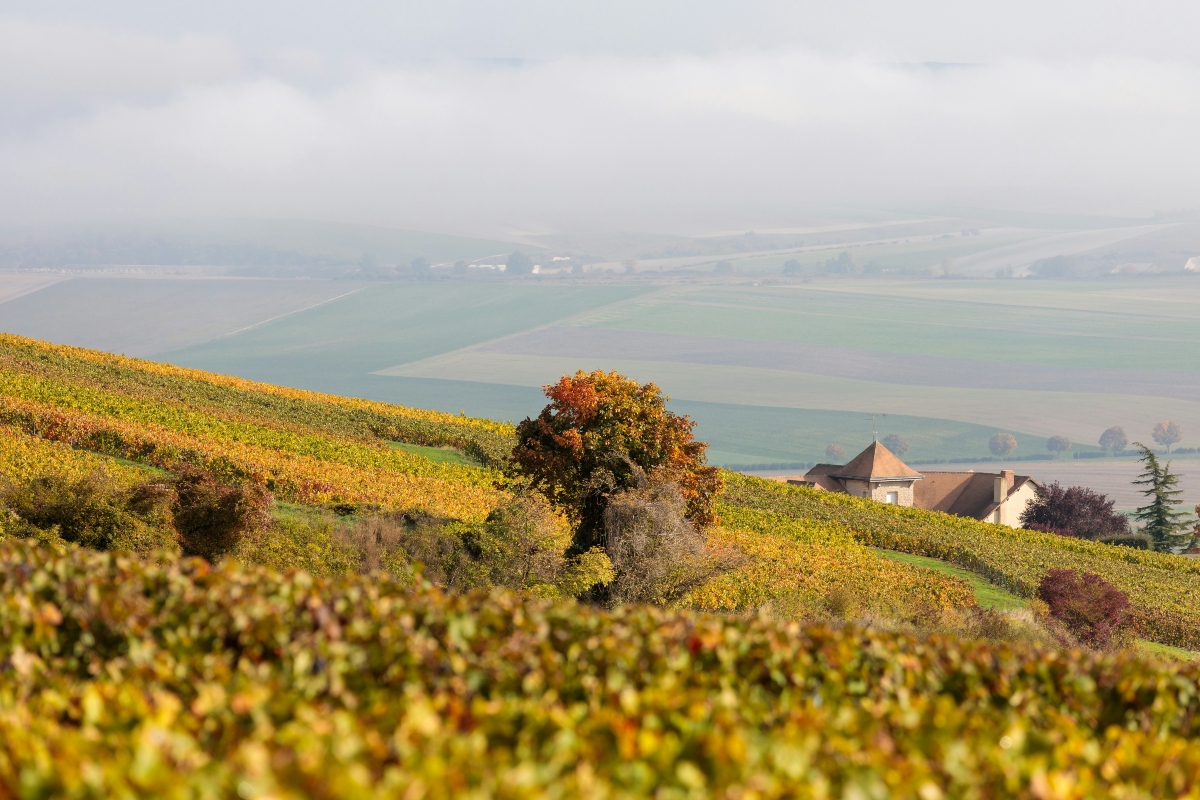Among France’s wine-producing regions, the Champagne area stands head and shoulders above the rest. This sparkling paradise in the country’s northeast has captivated wine lovers for generations. From seasoned wine experts to those who are just starting out and want to sample a little champagne, this region has it all. No matter where you go in Champagne, you’ll find majestic houses steeped in history. You will also find small grower-producers who uphold tradition deep within the vineyards.
Terroir and Traditions
One cannot talk about the Champagne region without mentioning the exquisite terroir. The chalky soils of the area, which are identical to those of the White Cliffs of Dover, provide a perfect environment for the vines. The cool climate and unique geology allow the cultivation of three primary grape varieties: Chardonnay, Pinot Noir, and Pinot Meunier. When managed with the highest care and knowledge, these grapes form the foundation of the region’s outstanding wines.
You will undoubtedly pass through countless lovely villages as you travel in the Champagne region’s rolling vineyards. Each one tells a story of centuries-old traditions and winemaking savoir-faire. It’s no wonder the region’s vineyards and winemaking techniques were designated as a UNESCO World Heritage site in 2015.
The Prestigious Houses

Recognizing the esteemed houses of Champagne is essential to understanding the region. Names like Dom Pérignon, Bollinger, and Veuve Clicquot are synonymous with excellence and refinement. At these venerable houses, you’ll learn that crafting champagne is not merely a process but also a ritual and an art form.
It’s about mixing the best grapes from the right vineyards and aging the wine in dimly lit cellars. This ritual also involves coaxing out the intricate flavors and aromas that make each champagne unique. Make sure to catch the most amazing part: watching the cork pop as a thousand little bubbles dance in your glass.
The Grower Producers
While the grand houses hold a special place in the hearts of Champagne lovers, it’s also worth exploring the lesser-known gems in the region. The grower-producers, often found in the villages off the beaten path, offer a different perspective on Champagne. These small, family-run estates cultivate their grapes and produce their own wines. Visiting them is stepping into the intimate world of a passionate winemaker who knows every vine personally.
Here, the emphasis is on terroir, and you’ll taste the nuances of each vineyard in every sip. It’s a refreshing departure from the grandeur of the larger houses where tradition and prestige reign supreme. In the hands of these artisans, champagne becomes a living expression of the land, the climate, and the people who nurture it.
